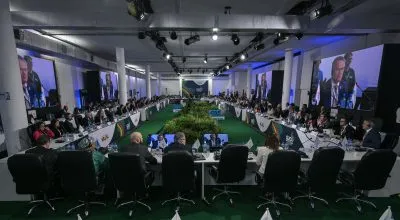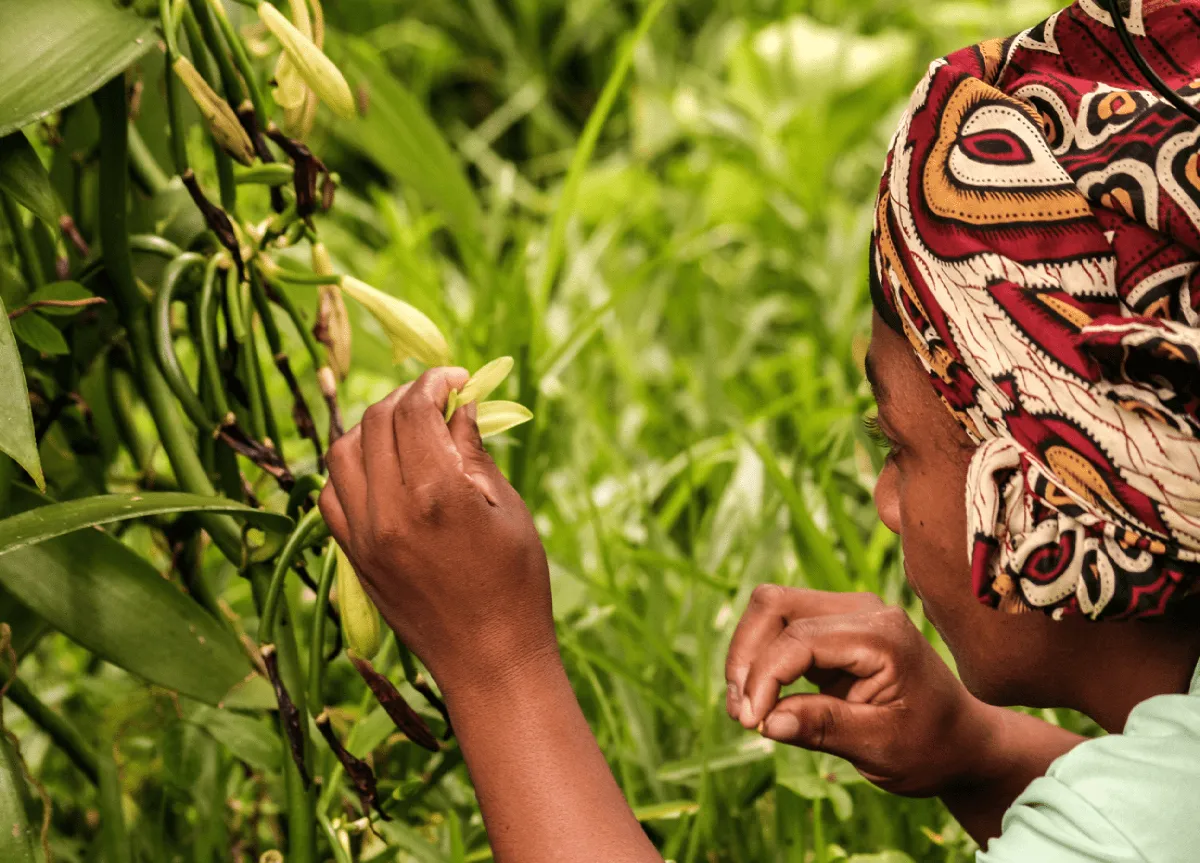The influx of Indian companies has been very welcome but it would be better if there were more competition in the sector. The best way to achieve this is surely local production, which would not be affected by deals struck by Delhi. However, effective operation of the sector is hampered in most parts of Africa by the lack of regulation, R&D and industry experts within government. Capacity building is required across the industry but perhaps nowhere more so than in quality control. Consumers need to trust the efficacy of the drugs that they receive if African pharmaceuticals are not to be seen as second grade. In the WHO African Region, which excludes North Africa, 37 out of 46 countries have pharmaceutical industries, 34 have secondary level production and 25 have tertiary production. Only one, South Africa, has limited primary production. Nine countries have no production capacity at all.
Self-reliance in local production is a priority in other parts of the world, including Brazil, Morocco and Egypt. It is important to note, however, that no country in the world is entirely self-sufficient in pharmaceuticals.
Drugs have two main components: active pharmaceutical ingredients (API), which provide the medical benefit; and the bulk substance used to make the tablet or liquid, which is used to carry the API. At present, even those African pharmaceutical factories that do exist generally import APIs from elsewhere in the world, and then produce and package medicines in their own plants. Now, however, it is hoped that African factories can begin to produce a far greater proportion of active ingredients themselves. One analyst, who spoke on condition of anonymity, said that pharmaceutical companies sometimes seek to thwart competition by donating medicines or selling them at low cost in key markets. As with food aid, donations made on an ad hoc basis can put local producers out of business, which are then unable to satisfy subsequent demand in later years.
The WHO believes that local production is a key strategy if sustainable, predictable and equitable access to medicines is to be achieved. The time is certainly right to kick start pharmaceutical manufacturing in sub-Saharan Africa. Poorer countries, including most states in sub-Saharan Africa, are not required to introduce pharmaceutical product patents until 2016 and so can bypass some intellectual property requirements.
Progress is also being made on implementing the AU Pharmaceutical Manufacturing Plan for Africa (PMPA), which is supported by the New Partnership for Africa’s Development (Nepad), the United Nations Industrial Development Organisation(UNIDO), the Council on Health Research for Development (COHRED), UNAIDS and African health ministries.
COHRED argues: “By supporting local production, local capacity and expertise is also supported, initially through manufacturing, and ultimately through research and innovation. This is a strategic, sustainable approach to development that directly empowers countries. We have worked hard with the New Partnership for Africa’s Development to support the efforts of African countries in this regard, by developing tools and guidance through the Strengthening Pharmaceutical Innovation in Africa project.”
In particular, progress has been made in manufacturing anti-retroviral drugs (ARVs) for people living with HIV on the African continent, often as a result of donor support. For example, the EU gave a $6.6m grant to Tanzania Pharmaceuticals Industry’s (TPI) new factory in Arusha, which opened last year and already produces a range of drugs, including the ARV Efavirenz. Just 21.5% of HIV-positive Tanzanians currently have access to anti-retrovirals but it is hoped that the new plant can supply another 50%. The government has a 40% stake in TPI. TPI chief executive Ramadhan Madabida commented: “We cut down profit expectations to a necessary minimum to maintain the factory and thus our products will be among the cheapest ARVs available worldwide.”
Tim Clarke, the EU’s head of delegation to Tanzania, said: “This project is a departure for us, looking instead at building the capacity within Tanzania to produce its own HIV/AIDS pharmaceutical products at highly competitive prices, using cutting edge technologies.”
State-of-the-art facilities
Local manufacturers need certification from a host of international organisations, including the WHO, if they are to bid for global aid contracts. Very few African manufacturers have WHO certification but Ghanaian firm Danadams has begun the assessment process. Yaw Gyamfi, the chief executive of Danadams, said: “Danadams pharmaceuticals is leading the way in attaining WHO certification by erecting a new state-of-the-art facility in Ghana which will continue to focus on essential drugs such as antiretroviral for people living with HIV.”
The company already supplies anti-retrovirals to several countries in West Africa, as part of deals with the West African Health Organisation (WAHO), and has produced anti-malarials, analgesics, anthelmintics and antibiotics since 2005.
Gyamfi says: “It is important to wean ourselves from imported drug; we are not only competing with imported drugs from the West but from Indian and China as well. We must be careful of the strategies of the big companies, it is time Africans started finding solutions to African problems.”
Unnamed private Chinese investors have taken a stake in a new pharmaceuticals factory in Porto Amboim in Angola’s Kwanza Sul Province. Phase 1 of the project will cost $52m and produce 8,000 litres a day of saline solution. The $20.7m Phase 2 will manufacture anti-malarial drugs.
On the opposite coast of Southern Africa, a $99m new antiretroviral plant opened in the Mozambican city of Matola last year. Partly funded by the Brazilian ministry of health, mining giant Vale and Brazil’s Oswaldo Cruz Foundation, it packages, checks and distributes nevirapine and other drugs produced in Brazil. Although it produces mainly generic drugs, the South African manufacturing sector is already relatively large and has been identified by the government as a likely source of economic growth. Pretoria gives preferred status to domestic companies in securing national contracts. Very little production is currently exported but could be sold across the continent.
South Africa’s patent policy has attracted criticism from some campaigners. Speaking in March, the South African representative of Médecins Sans Frontières (MSF), Kate Ribet, said: “Decisive moves by Brazil, India and China have saved hundreds of millions of taxpayer dollars and dramatically increased access to medicine by bringing down prices. South Africa lags far behind because it still grants and protects patent monopolies of pharmaceutical companies, at the expense of South Africans’ health.”
She said that South Africa failed to make sure of compulsory licences, which allow generics when people in need are unable to afford the medicines they require. Such licences are widely used in Brazil and India. Compulsory licences would improve access to medication in the country and encourage local manufacturing. MSF and other health NGOs are campaigning for a change in South African pharmaceutical patent legislation.
Local production would lower the cost of many drugs and thereby reduce the incentive for consumers to purchase potentially counterfeit pharmaceuticals from unregulated sources. However, local manufacture may not actually save money when in competition with other generic drugs manufacturers. Active pharmaceutical ingredients account for 60-65% of the final manufacturing cost of the product and so there will not be a production savings until active pharmaceutical ingredients themselves are made in Africa.
Want to continue reading? Subscribe today.
You've read all your free articles for this month! Subscribe now to enjoy full access to our content.
Digital Monthly
£8.00 / month
Receive full unlimited access to our articles, opinions, podcasts and more.
Digital Yearly
£70.00 / year
Our best value offer - save £26 and gain access to all of our digital content for an entire year!
 Sign in with Google
Sign in with Google 



